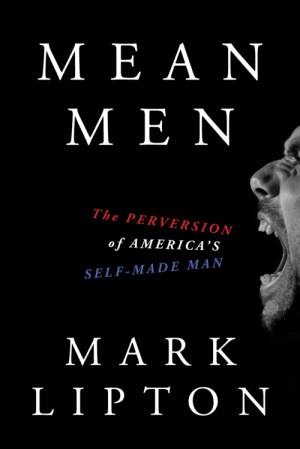2018 Should Be the Year That HR Takes a Stand Against Workplace Abuse

In recent years, however, victims of workplace sexual harassment have begun to take a stand. Whether they’ve undergone a moral evolution, or are simply very conscious of their brands, many companies have begun to stand alongside these victimized employees – at least to some degree.
“The approach [companies] have taken in the past has been to focus far more on protecting the rainmakers of their organizations and mitigating risk in rather small and inconsequential ways,” says Mark Lipton, professor of management at The New School and author of Mean Men. “They did not assess the problem and then create cultures and processes to support highly productive workplaces that were unquestionably safe for all.”
Today, organizations are reacting to workplace harassment differently – but not necessarily because executives are more enlightened than they used to be.
“Unfortunately, what’s now getting the C-suite’s attention is what they were mistakenly worried about all along: risk,” Lipton explains. “As senior executives and key employees become ‘outed’ for bad behavior that remained unchecked over the years, firms are now risking their brands. The potential payouts of tens of millions of dollars gets a board’s attention. They’ve also been losing the full participation of women who work in these firms or are considering employment with them. Nothing gets a CEO’s attention more than a board who demands explanations for years of patience with egregious behavior, potential liability lawsuits, and brand-killing headlines.”
Building a Safe Culture for All
Responsibility for a safe work environment is no longer the sole provenance of HR. An organization’s entire executive structure is now on the hook. Leaders must become overseers of safe cultures if they hope to attract and retain top talent and protect their brands.
“Until recently, a board would see the current spate of harassment/abuse payouts as a risk minimization issue – tightly related to their fiduciary role,” Lipton says. “But over the past few years, there has been an increasing call for boards to take responsibility for ensuring their organizations have healthy, performance-driven cultures – in effect, the need to hold the CEO accountable for creating and maintaining these cultures.”
While culture used to be seen as a “soft” issue, organizations are coming to realize that the seemingly soft stuff can have a very real impact on company performance and brand perception.
“In the current climate, boards must now oversee organizational culture not only as a risk issue, but as an organizational performance imperative,” Lipton says. “Building cultures that abhor uncivil behavior among employees must be a top priority.”

“Start small, but have large ambitions,” says Lipton. “If a firm desires to have men calling out inappropriate behavior of other men, and not to rely only on women to make these calls, then we need to change the behaviors that get rewarded and punished.”
Lipton suggests that organizations identify “moments that matter” – that is, lists of moments that require modified responses from employees. For example, one such moment might be the telling of sexist jokes. Whereas laughing and moving on may have been the norm in the past, this moment now requires employees to step up and denounce the behavior when they encounter it.
“When firms identify ‘moments that matter’ and specifically label the type of incidents they want to see more of, then men who call out other men can be recognized by women or male colleagues when they step forward,” Lipton says. “Senior managers have to ‘man up’ and not defend egregious behaviors and comments by matching them with silence.”
The Responsibility of HR
While executives and managers bear much of the responsibility for creating safe corporate environments, HR will always be in the trenches. As such, HR has a responsibility to aid in the process – and that starts with correcting some past wrongs.
“Too many HR departments must adapt quickly to a problem they’ve unintentionally been complicit in perpetuating,” says Lipton. “They aren’t trusted. So, first, there need to be new, interim processes for women to discuss complaints safely and in confidence, outside the boundaries of HR.”
Lipton also believe that non-disclosure agreements must be scrutinized to ensure they are only being used to protect trade secrets, not employees behaving badly.
Another possibility Lipton floats is the idea of instituting a “dual reporting structure somewhat consistent to the type CFOs manage” for HR.
“In this case, the CHRO may have a dotted line reporting to a board committee charged with creating and sustaining a healthy culture for all talent – something we are starting to see more movement on,” Lipton explains.
“Finally, HR leaders need to ask themselves a sobering question: Who, ultimately, do I work for? Whose interests do I have in mind, day in and day out?” Lipton concludes. “Current events are eliciting such existential questions.”

